“The women I’ve been following have been in prison for a long time, any where from 17 to 35 years,” Bennett told Revelist. “They’re basically starting from scratch for everything — finding housing, finding a job, reconnecting with family — It’s hard to imagine because you’ve been in a different bubble where now you come back out and everything has changed.”
Bennett started taking photos for her series “Life After Life in Prison” a couple of years ago. Her subjects are women convicted of serious crimes — usually murder — and Bennett documents their lives when they’re released to see how they’re doing and what their lives look like outside prison walls.
Bennett shared the photos and stories of four of these women to show that, just as her series says, there really is life after life in prison.
“My dad bought me this softball glove when I joined the prison team. He died while I was in there. Two officers transported me to the funeral home. I was in cuffs for twenty hours. He was the man I loved the most in this whole world. It just went all wrong. They made it worse.” —Keila
Keila lived with her family in Long Island, New York when she was first released in April 2014 and moved into transitional housing five months later. She now works sporadically as a caterer, while recovering from injuries after being hit by a car.
“After I was hit by a car, I’ve been limited in what I can do. When my disability payments got stopped, I felt bad because I couldn’t go back to my job. Now I’m cooking [for a start-up home-cooking service] and also catering for myself and helping other friends. I feel productive and better about myself. It gives me that independence I felt when I was working.” —Keila
“I have to go to three state-mandated programs. I like my individual counselor but all those programs is a lot of time. I feel most of it is a waste.” —Tracy
Tracy was released in February 2014. She has lived in five different places and has held several different jobs, but for the past year has worked at McDonald’s.
“I’ve always loved kids. They’re so innocent and full of joy. In prison, I wasn’t allowed to work on the nursery because I had a violent crime. Now it’s my chance.” —Carol
She was one the first inmates allowed to live in a two-family house on prison grounds, which was reserved for the most honored and trusted prisoners. For a time, she also lived in the prison hospital ward, after suffering a heart attack.
Carol was released in March 2013 and lives in housing owned by Hour Children, an organization that provides services to formerly incarcerated women, in Long Island City, New York.
“My last three years in prison I spent on the RMU [Regional Medical Unit]. It’s like a mini hospital, but it’s really isolating. It’s worse than solitary. No one can visit you because everyone’s in their programs during scheduled visiting hours.” —Carol
In prison she received her GED, took college courses, and gained culinary skills. When she was released in April 2012, Evelyn fell in love with a woman and lived with her and her three children. The relationship lasted two years, and Evelyn now lives on her own, working (after a couple of promotions) as the executive chef of a corporate cafe. She is eligible for release from parole supervision in the spring.
“When I came home, I got a grant and went to a culinary program. My dream job is to work for a nice restaurant. ‘Evelyn, Sous Chef.’ Or to have my own food truck — Spanish food. I cook like my grandma. That’s the best instructor you can have. Everything she cooked was natural.” —Evelyn
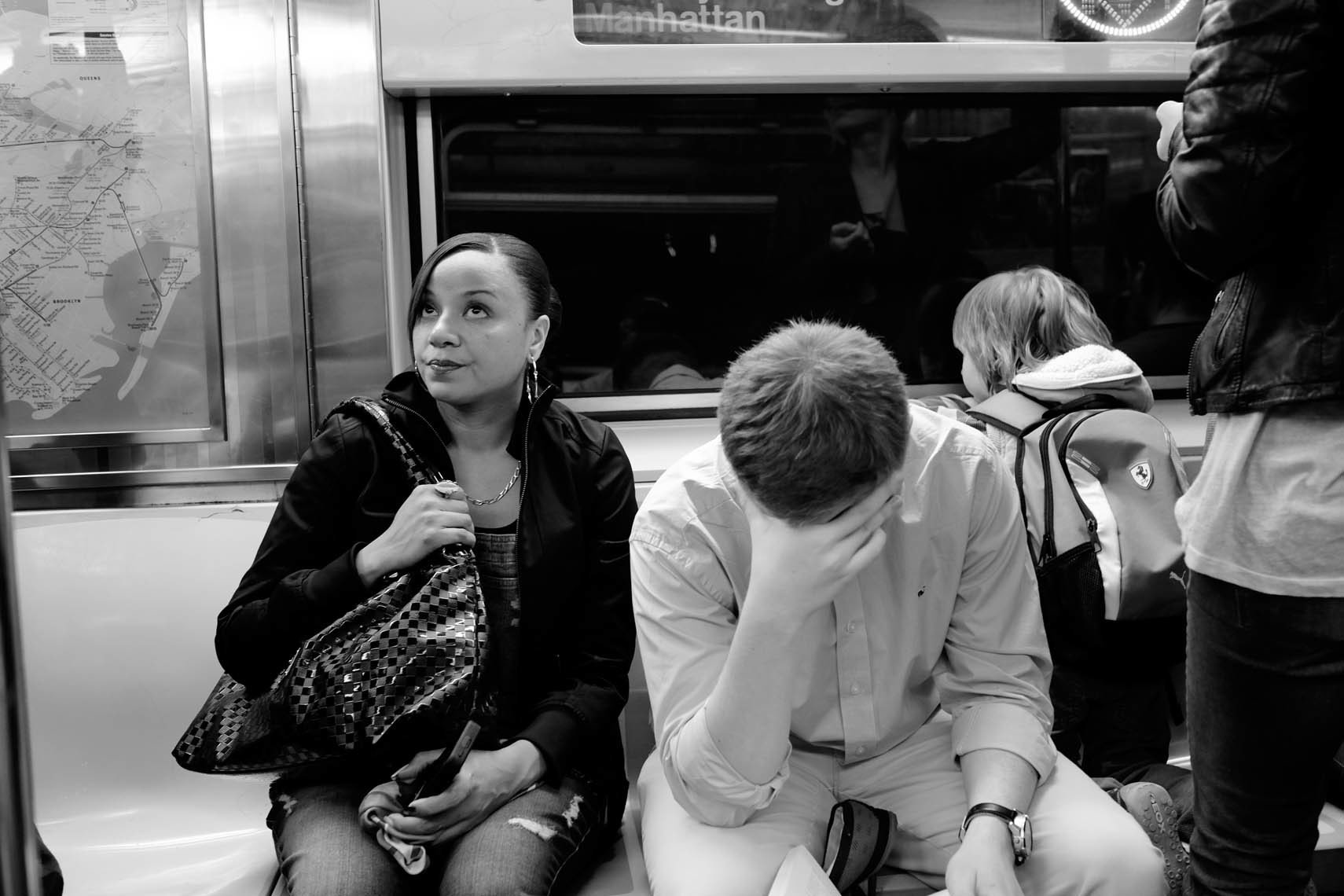
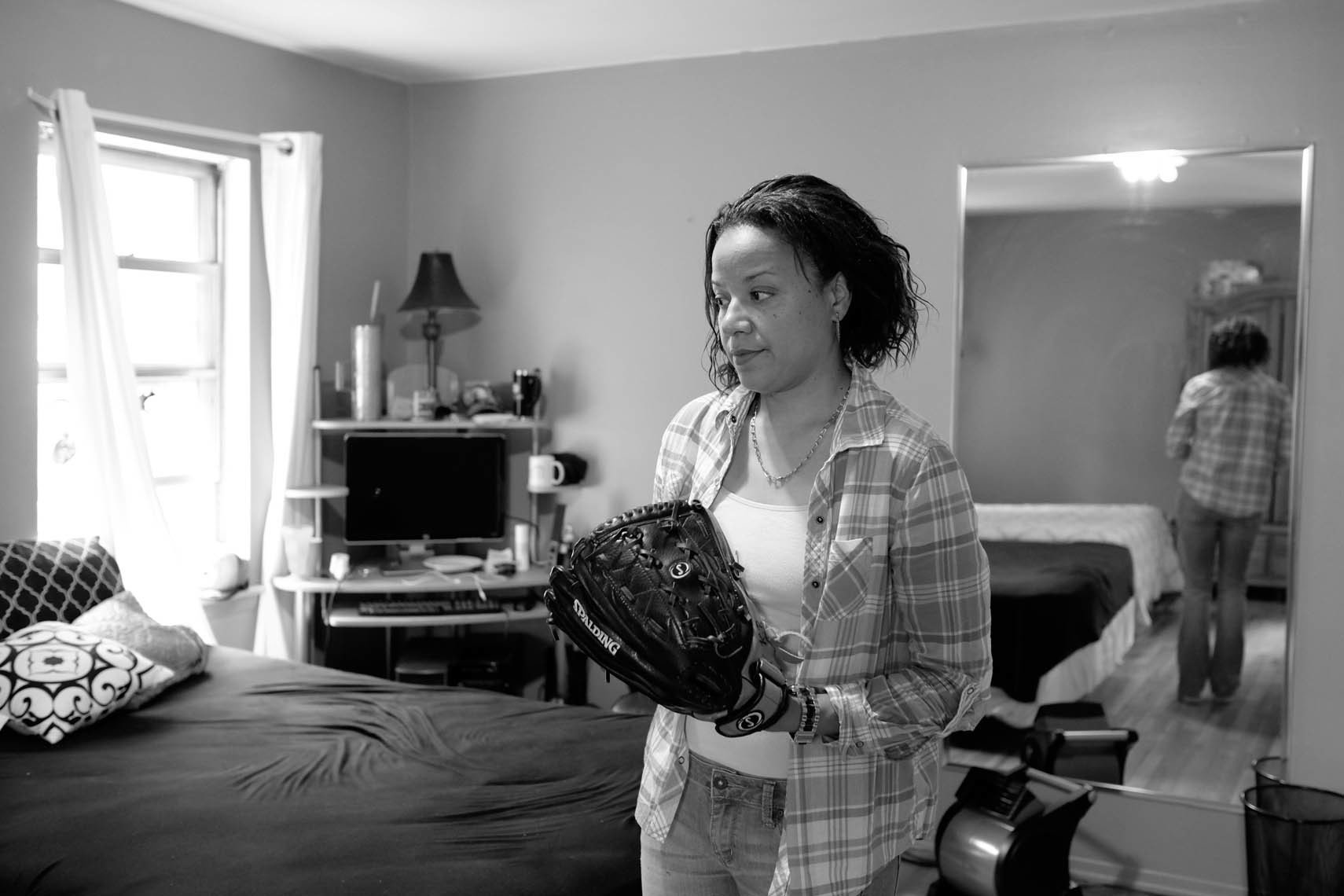
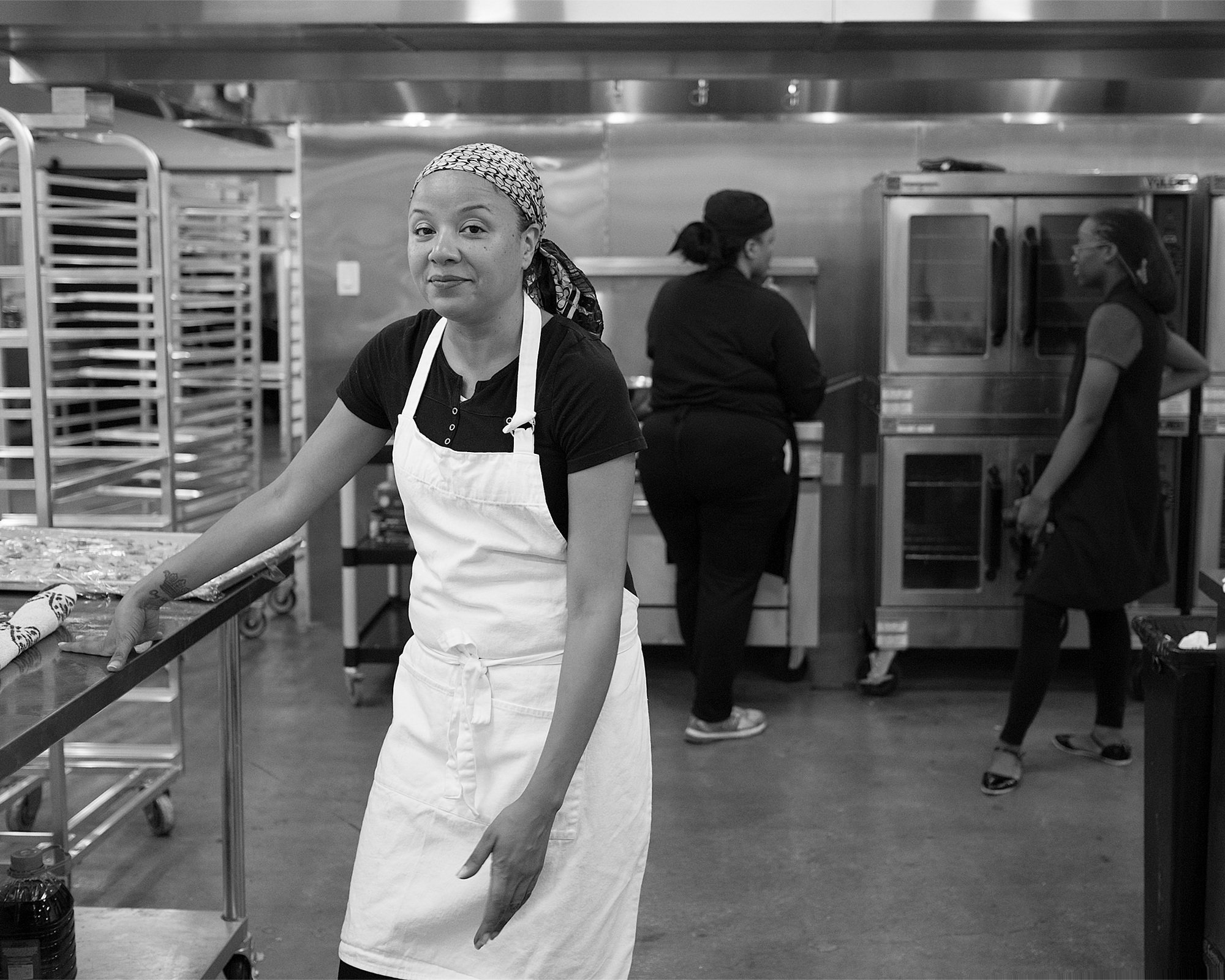
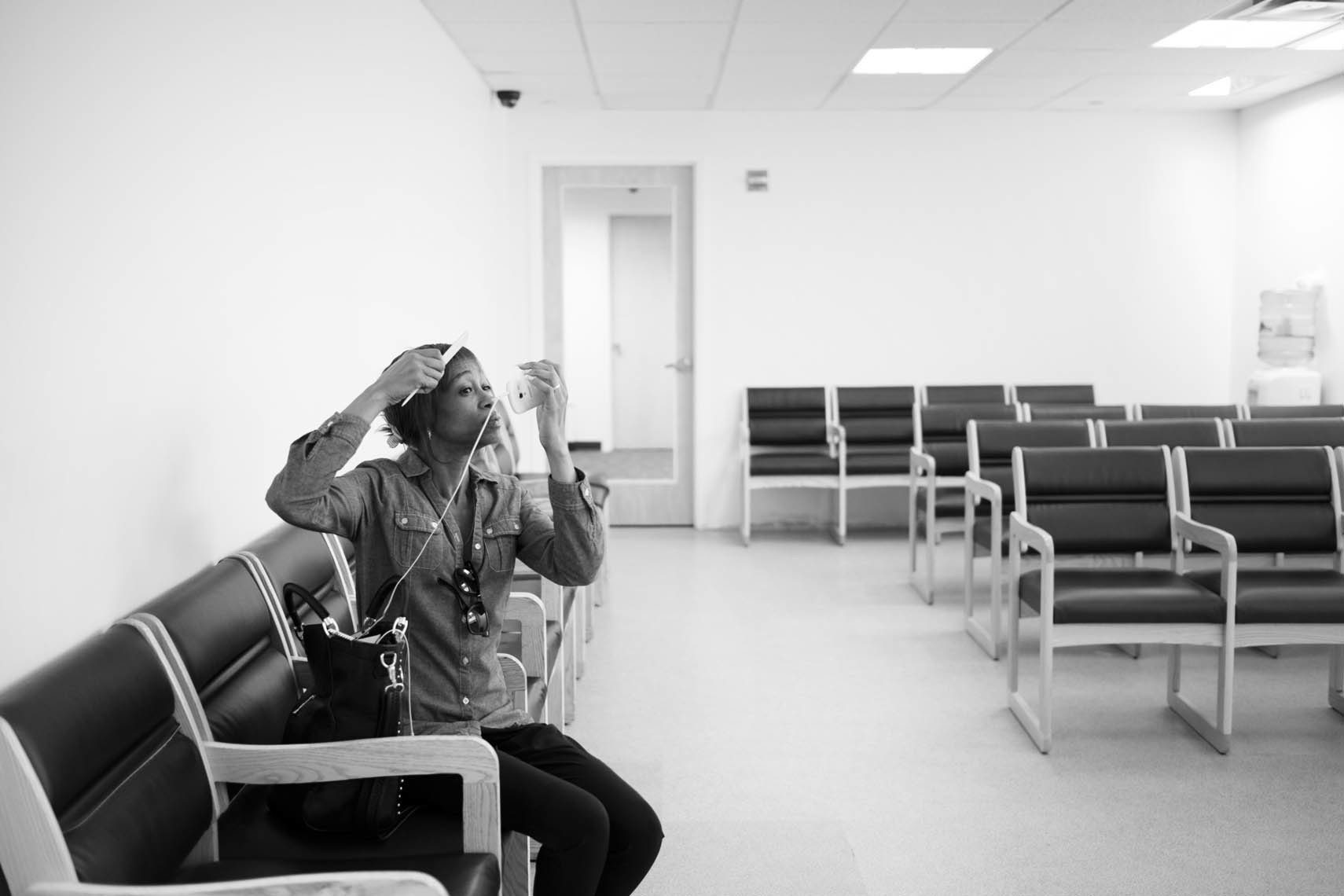
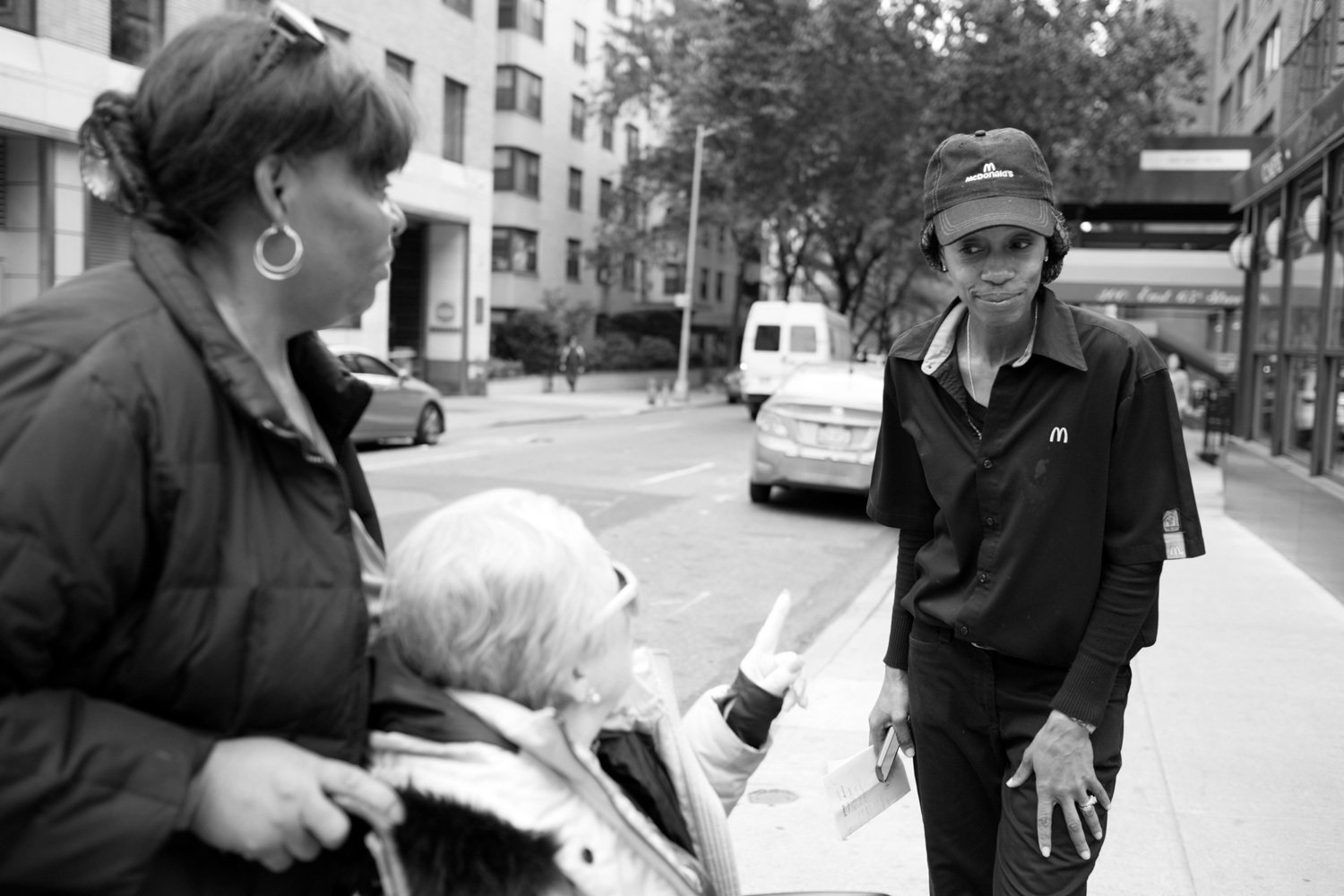
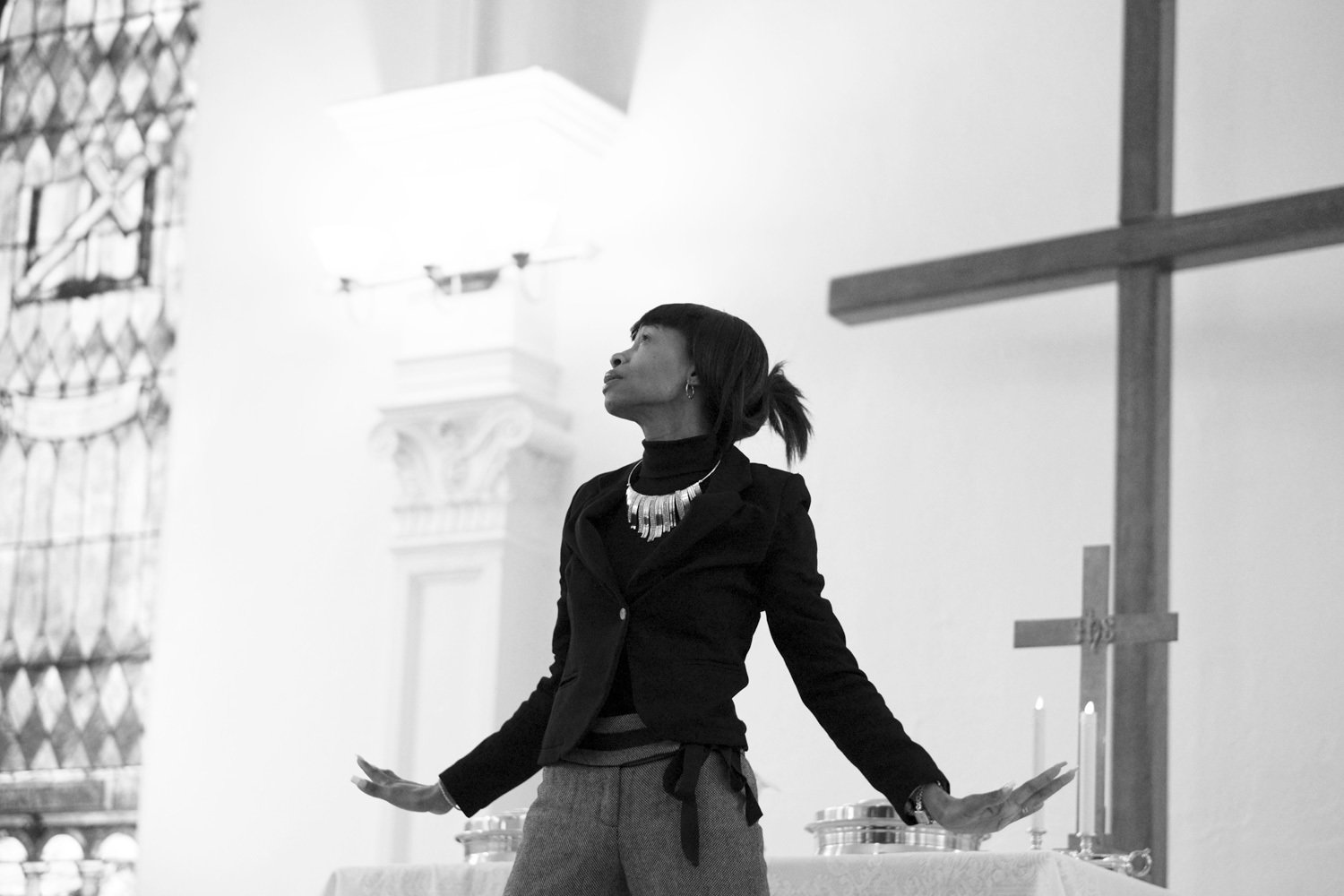
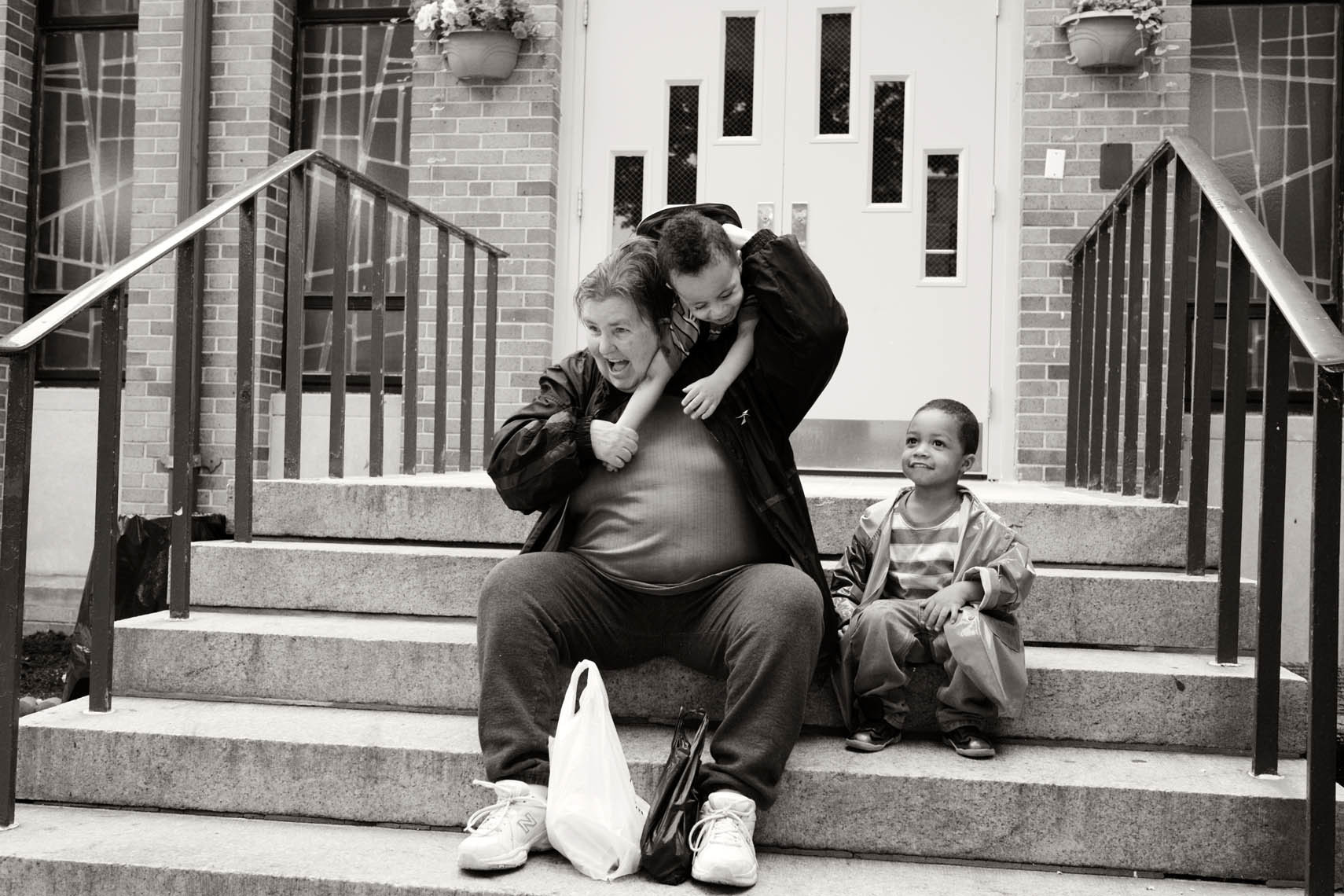
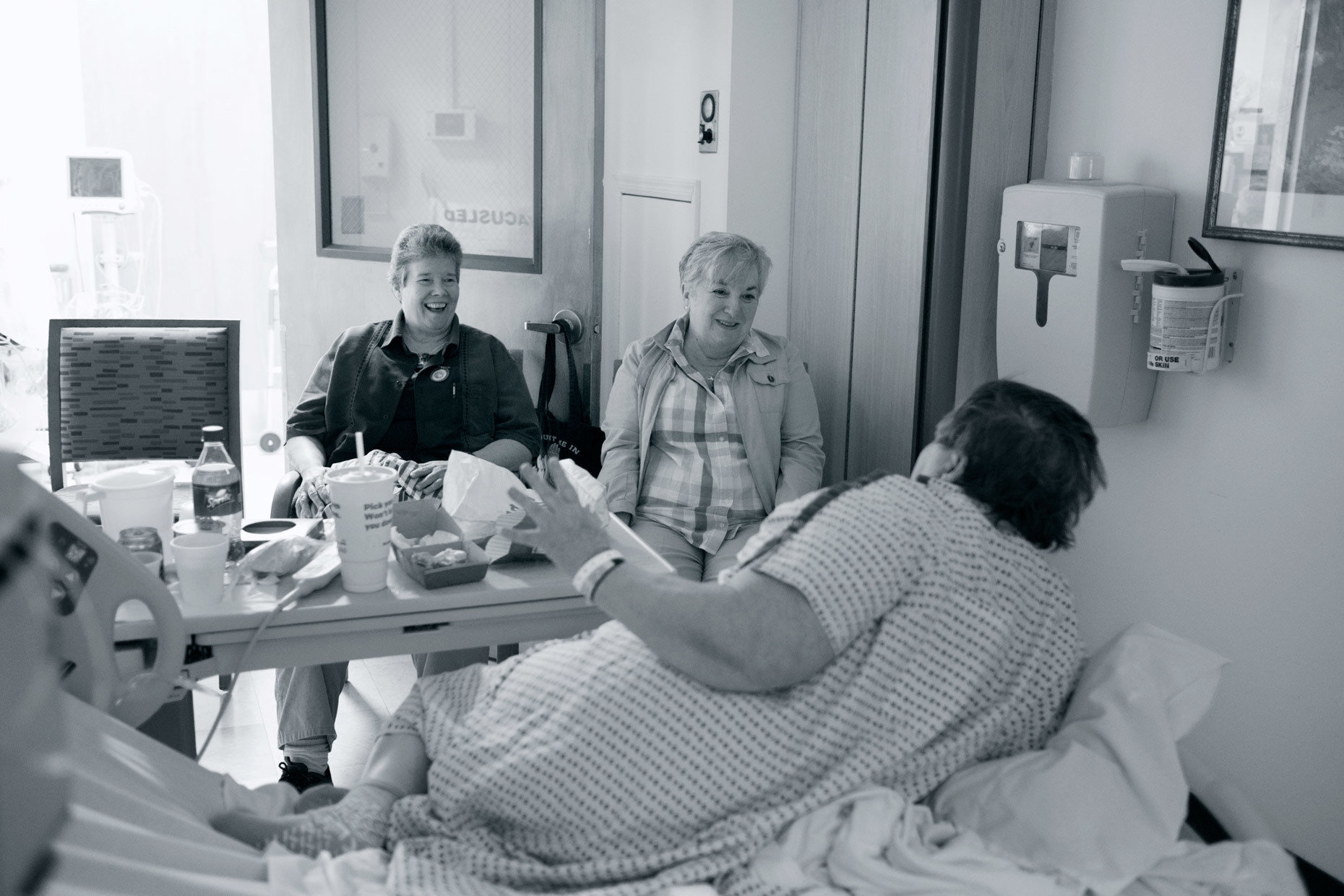
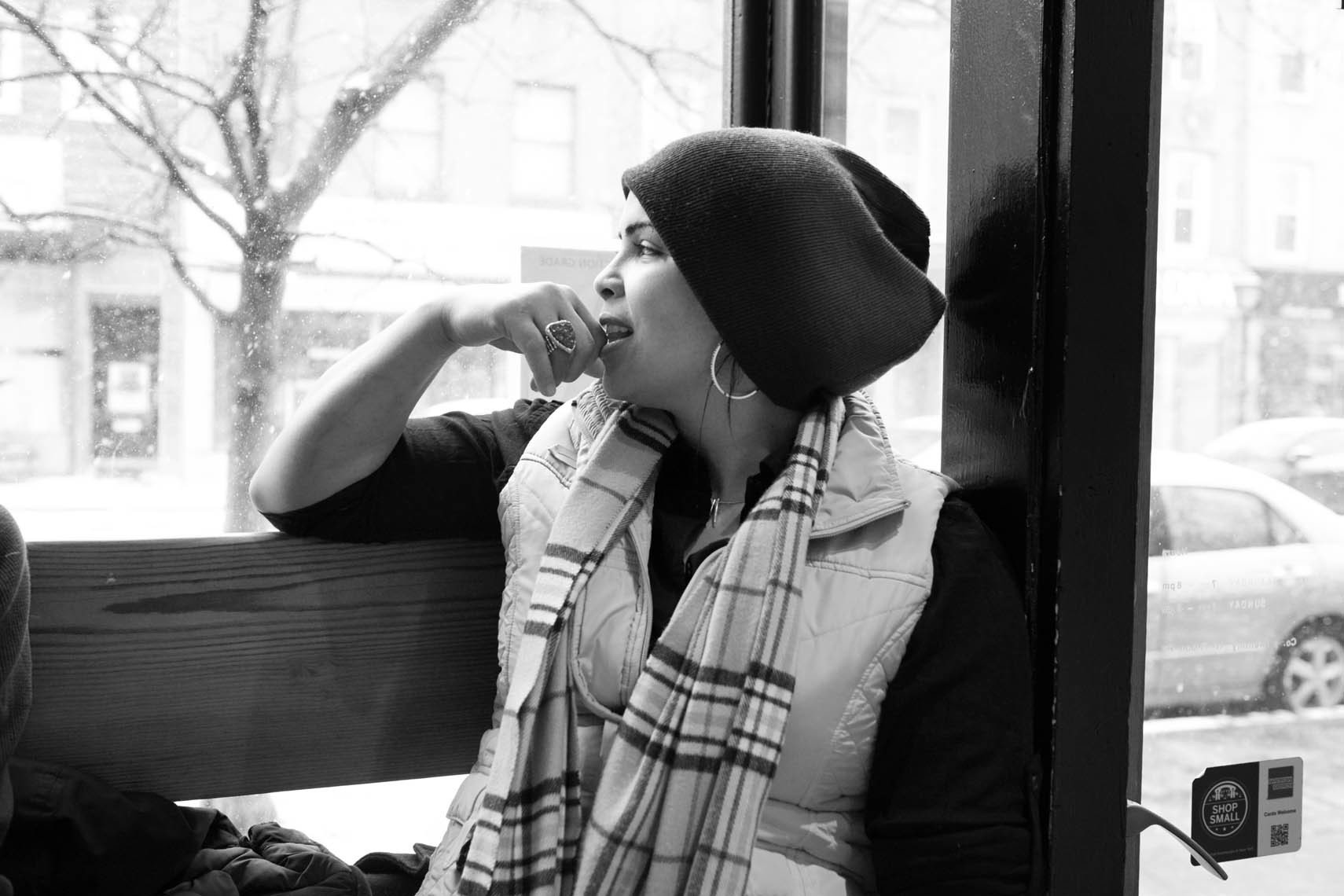

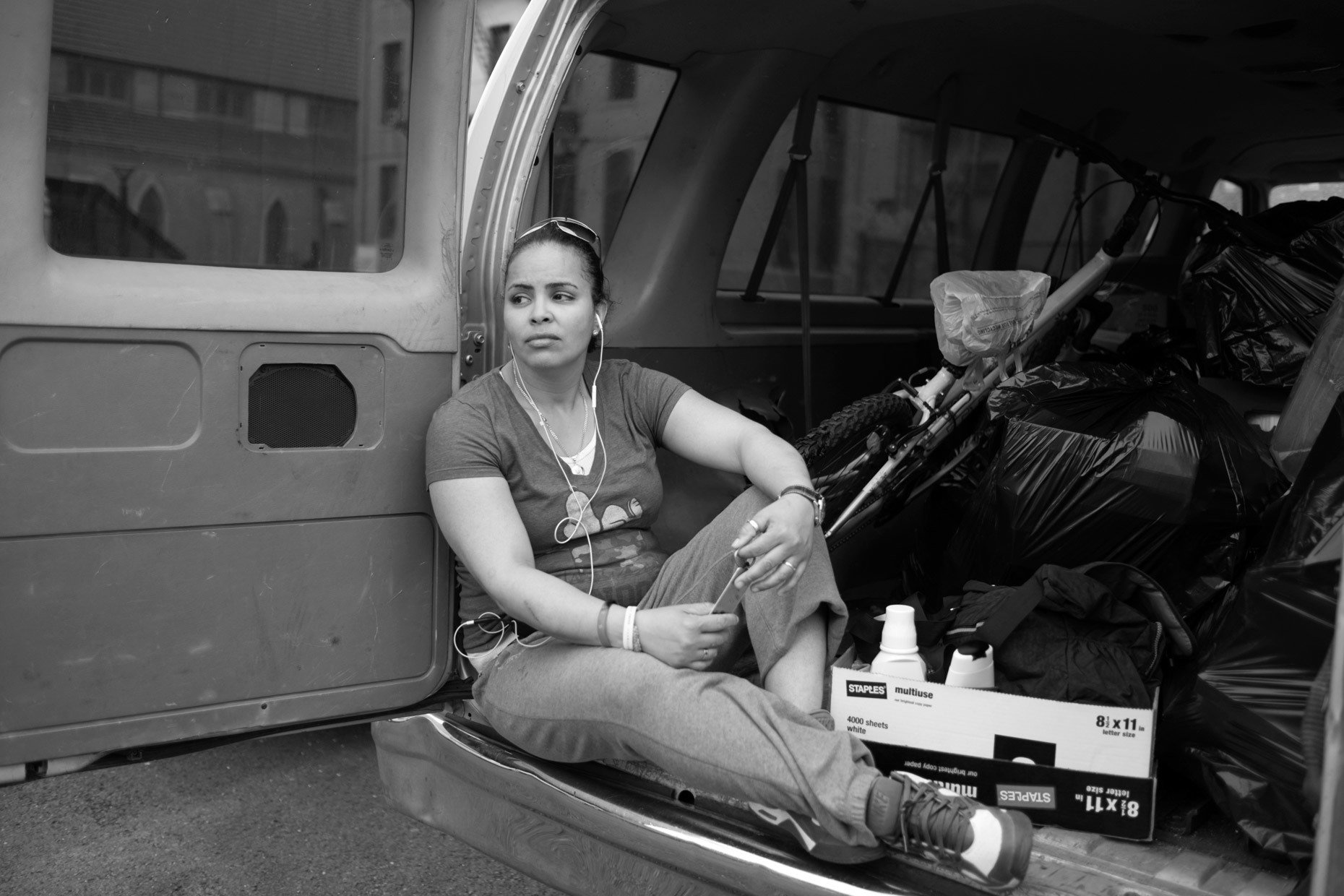
![]()
title: “11 Photos That Show What Female Ex Cons Look Like” ShowToc: true date: “2024-09-08” author: “Jerry Carter”
“The women I’ve been following have been in prison for a long time, any where from 17 to 35 years,” Bennett told Revelist. “They’re basically starting from scratch for everything — finding housing, finding a job, reconnecting with family — It’s hard to imagine because you’ve been in a different bubble where now you come back out and everything has changed.”
Bennett started taking photos for her series “Life After Life in Prison” a couple of years ago. Her subjects are women convicted of serious crimes — usually murder — and Bennett documents their lives when they’re released to see how they’re doing and what their lives look like outside prison walls.
Bennett shared the photos and stories of four of these women to show that, just as her series says, there really is life after life in prison.
“My dad bought me this softball glove when I joined the prison team. He died while I was in there. Two officers transported me to the funeral home. I was in cuffs for twenty hours. He was the man I loved the most in this whole world. It just went all wrong. They made it worse.” —Keila
Keila lived with her family in Long Island, New York when she was first released in April 2014 and moved into transitional housing five months later. She now works sporadically as a caterer, while recovering from injuries after being hit by a car.
“After I was hit by a car, I’ve been limited in what I can do. When my disability payments got stopped, I felt bad because I couldn’t go back to my job. Now I’m cooking [for a start-up home-cooking service] and also catering for myself and helping other friends. I feel productive and better about myself. It gives me that independence I felt when I was working.” —Keila
“I have to go to three state-mandated programs. I like my individual counselor but all those programs is a lot of time. I feel most of it is a waste.” —Tracy
Tracy was released in February 2014. She has lived in five different places and has held several different jobs, but for the past year has worked at McDonald’s.
“I’ve always loved kids. They’re so innocent and full of joy. In prison, I wasn’t allowed to work on the nursery because I had a violent crime. Now it’s my chance.” —Carol
She was one the first inmates allowed to live in a two-family house on prison grounds, which was reserved for the most honored and trusted prisoners. For a time, she also lived in the prison hospital ward, after suffering a heart attack.
Carol was released in March 2013 and lives in housing owned by Hour Children, an organization that provides services to formerly incarcerated women, in Long Island City, New York.
“My last three years in prison I spent on the RMU [Regional Medical Unit]. It’s like a mini hospital, but it’s really isolating. It’s worse than solitary. No one can visit you because everyone’s in their programs during scheduled visiting hours.” —Carol
In prison she received her GED, took college courses, and gained culinary skills. When she was released in April 2012, Evelyn fell in love with a woman and lived with her and her three children. The relationship lasted two years, and Evelyn now lives on her own, working (after a couple of promotions) as the executive chef of a corporate cafe. She is eligible for release from parole supervision in the spring.
“When I came home, I got a grant and went to a culinary program. My dream job is to work for a nice restaurant. ‘Evelyn, Sous Chef.’ Or to have my own food truck — Spanish food. I cook like my grandma. That’s the best instructor you can have. Everything she cooked was natural.” —Evelyn











![]()
title: “11 Photos That Show What Female Ex Cons Look Like” ShowToc: true date: “2024-10-21” author: “Kristi Conley”
“The women I’ve been following have been in prison for a long time, any where from 17 to 35 years,” Bennett told Revelist. “They’re basically starting from scratch for everything — finding housing, finding a job, reconnecting with family — It’s hard to imagine because you’ve been in a different bubble where now you come back out and everything has changed.”
Bennett started taking photos for her series “Life After Life in Prison” a couple of years ago. Her subjects are women convicted of serious crimes — usually murder — and Bennett documents their lives when they’re released to see how they’re doing and what their lives look like outside prison walls.
Bennett shared the photos and stories of four of these women to show that, just as her series says, there really is life after life in prison.
“My dad bought me this softball glove when I joined the prison team. He died while I was in there. Two officers transported me to the funeral home. I was in cuffs for twenty hours. He was the man I loved the most in this whole world. It just went all wrong. They made it worse.” —Keila
Keila lived with her family in Long Island, New York when she was first released in April 2014 and moved into transitional housing five months later. She now works sporadically as a caterer, while recovering from injuries after being hit by a car.
“After I was hit by a car, I’ve been limited in what I can do. When my disability payments got stopped, I felt bad because I couldn’t go back to my job. Now I’m cooking [for a start-up home-cooking service] and also catering for myself and helping other friends. I feel productive and better about myself. It gives me that independence I felt when I was working.” —Keila
“I have to go to three state-mandated programs. I like my individual counselor but all those programs is a lot of time. I feel most of it is a waste.” —Tracy
Tracy was released in February 2014. She has lived in five different places and has held several different jobs, but for the past year has worked at McDonald’s.
“I’ve always loved kids. They’re so innocent and full of joy. In prison, I wasn’t allowed to work on the nursery because I had a violent crime. Now it’s my chance.” —Carol
She was one the first inmates allowed to live in a two-family house on prison grounds, which was reserved for the most honored and trusted prisoners. For a time, she also lived in the prison hospital ward, after suffering a heart attack.
Carol was released in March 2013 and lives in housing owned by Hour Children, an organization that provides services to formerly incarcerated women, in Long Island City, New York.
“My last three years in prison I spent on the RMU [Regional Medical Unit]. It’s like a mini hospital, but it’s really isolating. It’s worse than solitary. No one can visit you because everyone’s in their programs during scheduled visiting hours.” —Carol
In prison she received her GED, took college courses, and gained culinary skills. When she was released in April 2012, Evelyn fell in love with a woman and lived with her and her three children. The relationship lasted two years, and Evelyn now lives on her own, working (after a couple of promotions) as the executive chef of a corporate cafe. She is eligible for release from parole supervision in the spring.
“When I came home, I got a grant and went to a culinary program. My dream job is to work for a nice restaurant. ‘Evelyn, Sous Chef.’ Or to have my own food truck — Spanish food. I cook like my grandma. That’s the best instructor you can have. Everything she cooked was natural.” —Evelyn











![]()